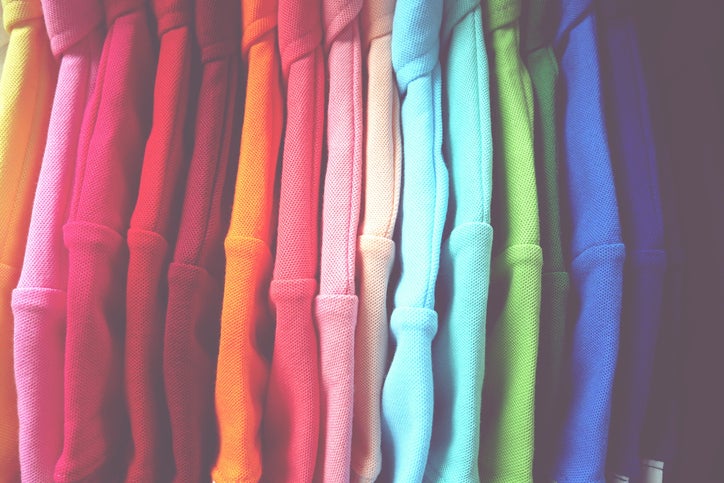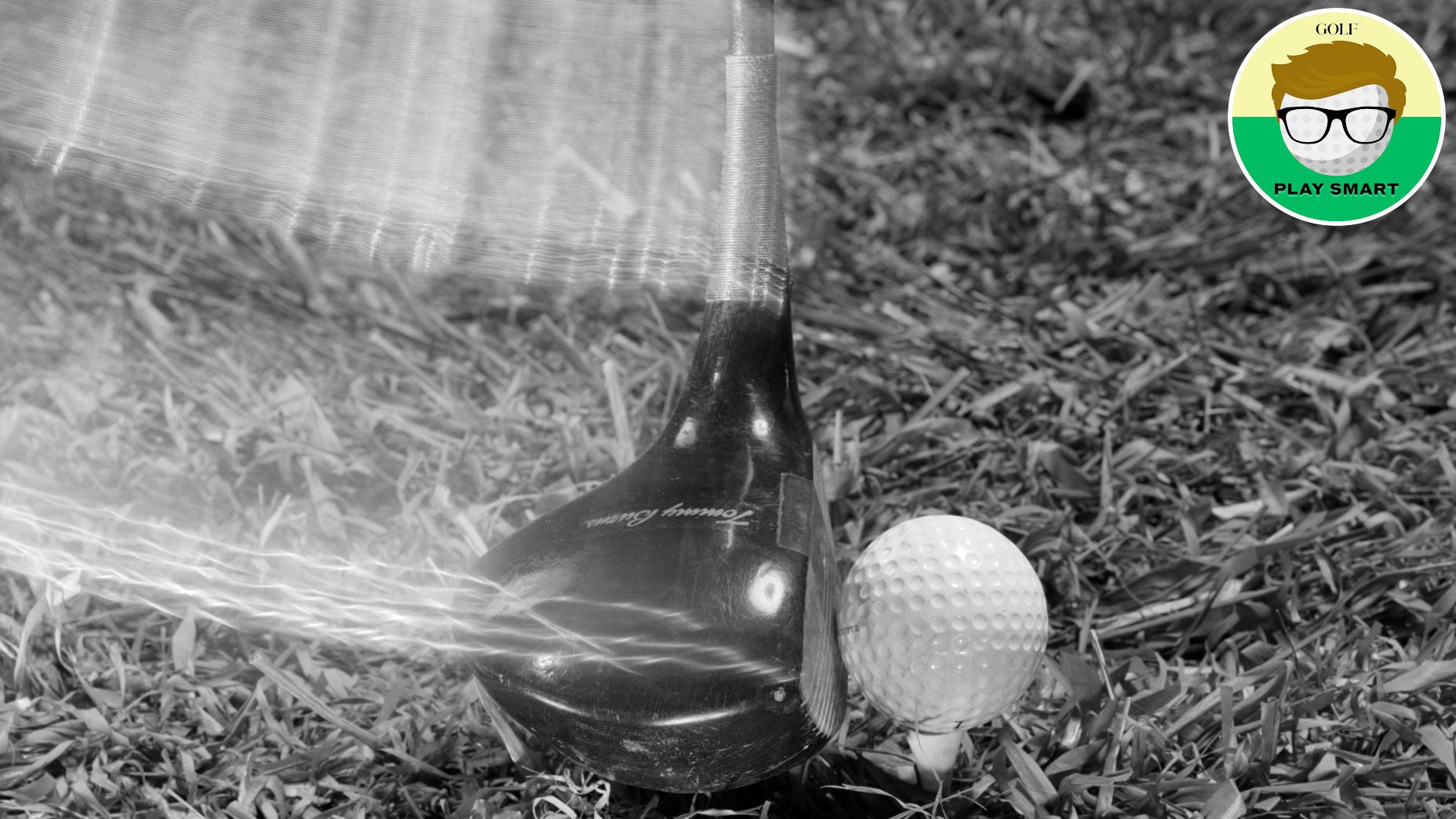Welcome to Play Smart, a new game-improvement column that drops every Monday, Wednesday, and Friday from Game Improvement Editor Luke Kerr-Dineen to help you play smarter, better golf.
I write today’s column with a heavy heart, because it was earlier this week that I looked in my closet and noticed my favorite golf shirt — a tidy two-toned navy-blue number — just wasn’t what it used to be. The color and pattern had faded to a noticeable point, the texture frayed, and the collar was starting to curl. It was time for it to go. Thank you for your service, navy blue shirt, and I’ll always remember the time we pulled off this unintentional trick shot together last year.
View this post on InstagramUnintentional trick shot 🙃 (🎥: @jonathanyarwood)
A post shared by Luke Kerr-Dineen (@lkerrdineen) on
Upon further reflection, I realized the fault was mine: I had failed my favorite navy-blue shirt. After I finished wearing it, I’d toss it in the laundry without a second thought. I paid literally no attention to how it was being washed, which is pretty stupid, really. Imagine hitting a golf shot and not caring enough to actually aim beforehand?
I did some sneaky research and came across this study from the University of Leeds and specialists from Procter & Gamble; turns out my slapdash approach meant I was washing my clothes sub-optimally. I was making two common mistakes that had shortened the life of my favorite blue shirt, and now I have to spend time and money to replace it. But thankfully the mistakes themselves are easy to avoid. Follow these steps:

1. Wash your clothes with *cold* water
You’ve probably noticed that your washing machine has three temperature settings: hot, warm and cold. They each serve different purposes, but if your priority is maintaining the color of your shirts, the University of Leeds-Procter & Gamble study recommends using cold water.
Why? Because the warmer the water your clothes are washed in, the more dye is released into the water. Keeping the water cool lessons the amount of dye that escapes into the water by up to 74 percent, the study found, which means the color of your shirts will stay more vibrant. It has the added benefit of using less energy, too, which is good both for the environment and your energy bill.

2. Do a quick wash cycle
The other important key to washing your clothes in a way that will make them last longer is to use a quick washing cycle.
Every time you wash your clothes, you’re washing thousands of little microfibers — the materials that make up the very clothes you’re wearing. When your shirts feel less soft than they used to, that’s because they’ve lost so many microfibers that they’ve actually started to fall apart in a significant way.
The bad news is that you’ll lose microfibers no matter what you do. The good news is that you can limit the number of microfibers your clothes lose by washing them on a quick cycle. And therein lies the takeaway: Wash your clothes quickly via a short cycle, with cold water. That combination resulted in 52 percent less microfibers being released.
“Using shorter, cooler washes is a simple way everyone can make their clothes last longer and keep them out of landfill,” said Dr. Lucy Cotton, the study’s lead author.
The takeaway: Use cold, quick wash cycles to clean your favorite golf clothes.










